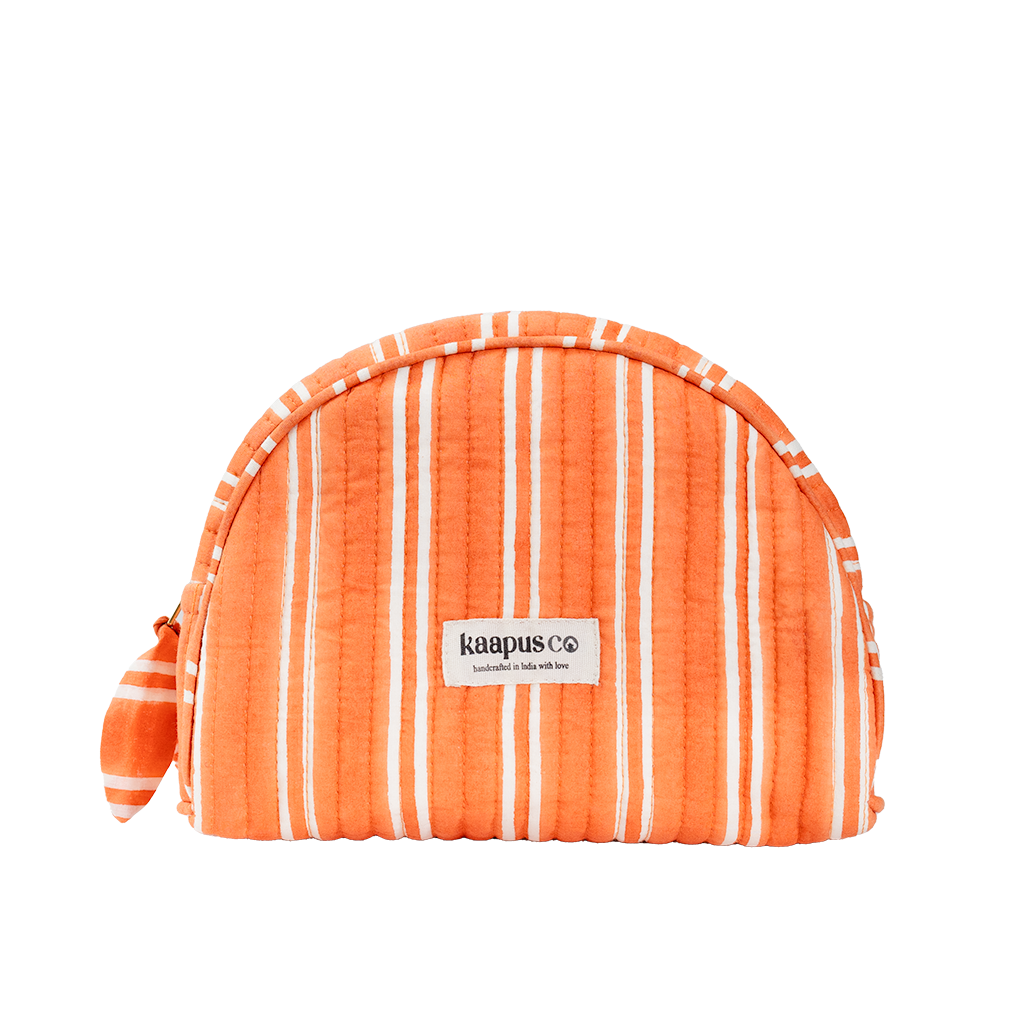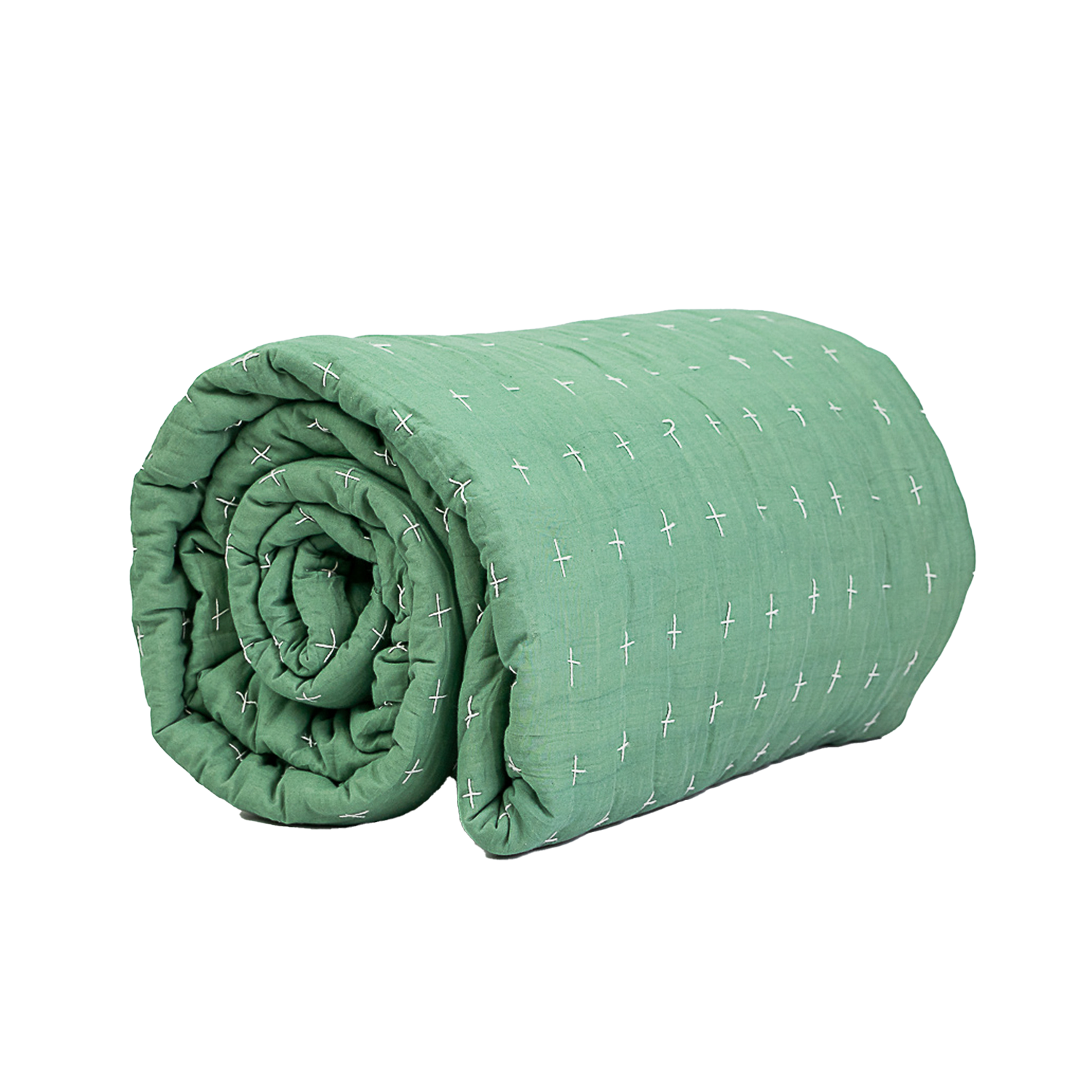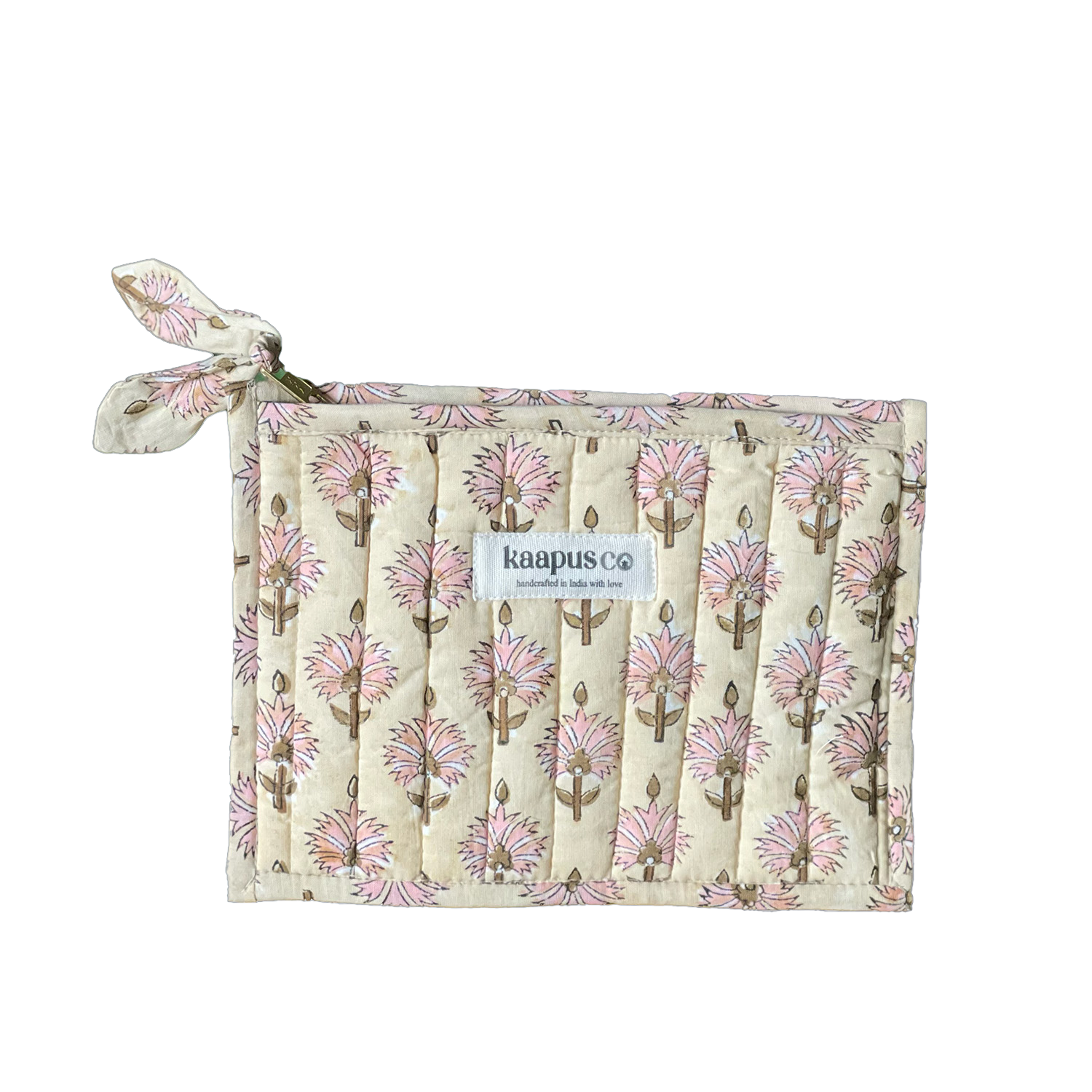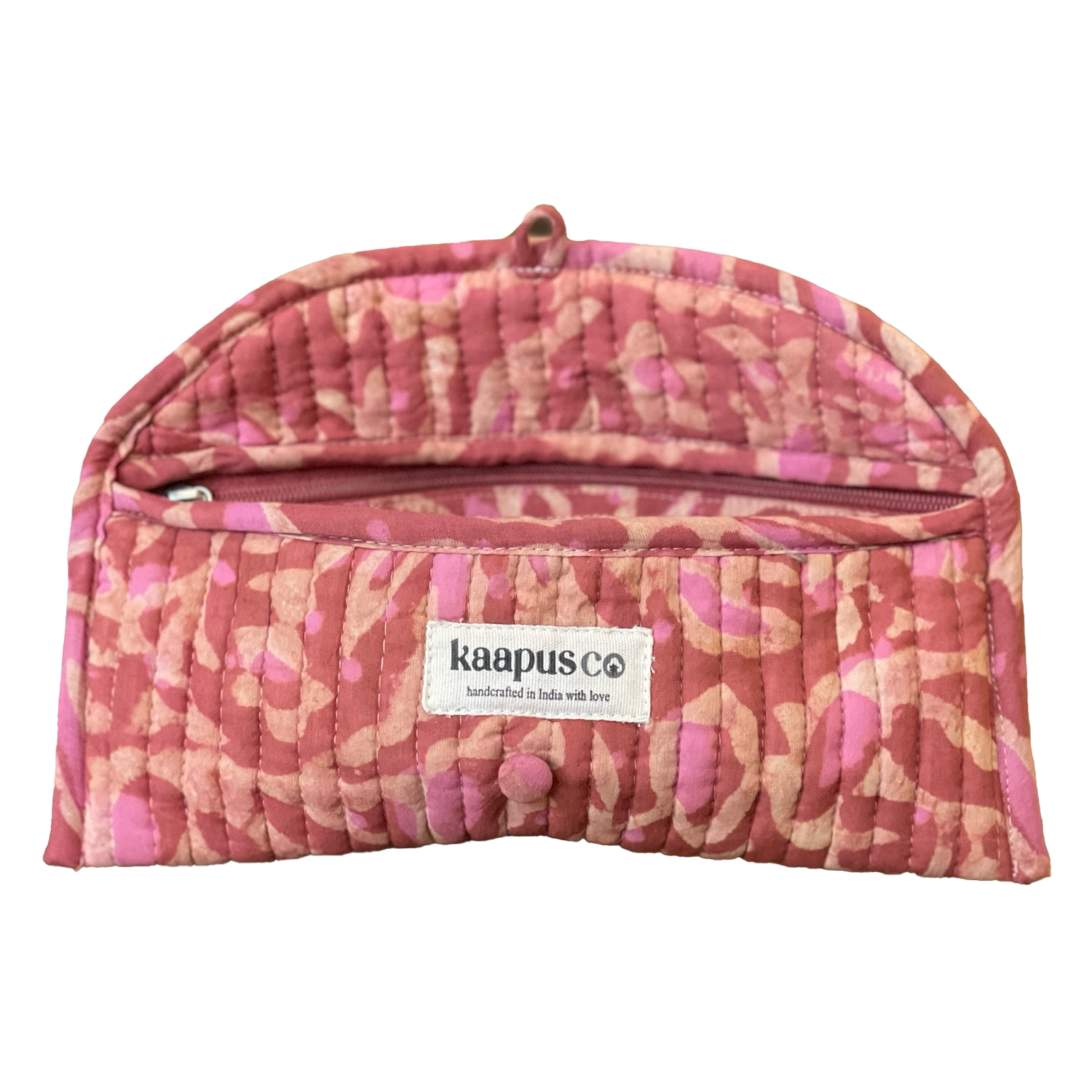When it comes to setting the perfect table, every detail counts. Table runners are an often-overlooked element that can transform your dining space from ordinary to extraordinary. Whether you're hosting a formal dinner party or enjoying a casual family meal, a well-chosen table runner adds that finishing touch. In this comprehensive guide, we'll explore everything you need to know about table runners—from their history and uses to tips on selecting the perfect one for your home.
What Is a Table Runner?
A table runner is a long, narrow piece of fabric that runs down the center of a table. Unlike tablecloths that cover the entire table surface, table runners add a decorative accent while leaving the beauty of your table exposed. They can be used alone or layered over a tablecloth for added texture and visual interest.
The History of Table Runners
Table runners have a rich history dating back to the Middle Ages. Originally, they were used to protect expensive tablecloths from spills and stains during meals. Over time, they evolved into decorative items that showcased intricate embroidery, lace, and other embellishments. Today, table runners are both functional and aesthetic, reflecting personal style and current design trends.
Why Use a Table Runner?
Protection
- Surface Protection: Shields your table from scratches, spills, and heat.
- Versatility: Easy to replace or clean compared to a full tablecloth.
Aesthetics
- Visual Interest: Adds color, pattern, and texture to your table setting.
- Focal Point: Draws the eye to centerpieces or decorative items placed on the table.
Flexibility
- Seasonal Decor: Easily switch out runners to match holidays or seasons.
- Layering: Combine with placemats or tablecloths for a layered look.
How to Choose the Perfect Table Runner
Selecting the right table runner involves considering several factors:
Material
- Cotton: Great for everyday use; easy to clean.
- Linen: Offers a rustic, elegant look; perfect for formal settings.
- Silk: Luxurious and eye-catching; ideal for special occasions.
- Burlap: Adds a rustic or vintage touch; popular for farmhouse decor.
Size
- Length: Typically hangs over the edge of the table by 6-10 inches on each end.
- Width: Should be about one-third the width of your table.
Color and Design
- Neutral Tones: Versatile and timeless.
- Bold Colors: Makes a statement and adds vibrancy.
- Patterns: Stripes, florals, or geometric designs can enhance your decor theme.
Seasonal and Holiday Table Runners
One of the joys of using table runners is the ease with which you can update your table for seasons and holidays.
- Spring: Opt for light fabrics in pastel colors or floral patterns.
- Summer: Bright colors and lightweight materials like cotton or linen.
- Fall: Earthy tones with patterns like leaves or pumpkins.
- Winter: Rich fabrics like velvet in deep hues; consider festive patterns for holidays.
Caring for Your Table Runners
Proper care extends the life of your table runners.
- Read Labels: Always check the manufacturer's care instructions.
- Washing: Most cotton and synthetic fabrics are machine washable.
- Ironing: Iron on the reverse side to protect any embellishments.
- **Storage**: Roll or fold neatly to prevent wrinkles and creases.
DIY Table Runner Ideas
Feeling crafty? Create your own table runner!
- No-Sew Options: Use fabric glue or fusible webbing.
- Repurpose Materials: Old scarves, fabric remnants, or even paper for a disposable option.
- Embellishments: Add tassels, beads, or embroidery for a personalized touch.
Conclusion
Table runners are a simple yet effective way to enhance your dining experience. They offer a blend of functionality and style that can be easily adapted to suit any occasion or decor. By considering material, size, and design, you can find the perfect table runner to elevate your table setting.
---
Transform your dining space today with a beautiful table runner that reflects your personal style. Happy decorating!






